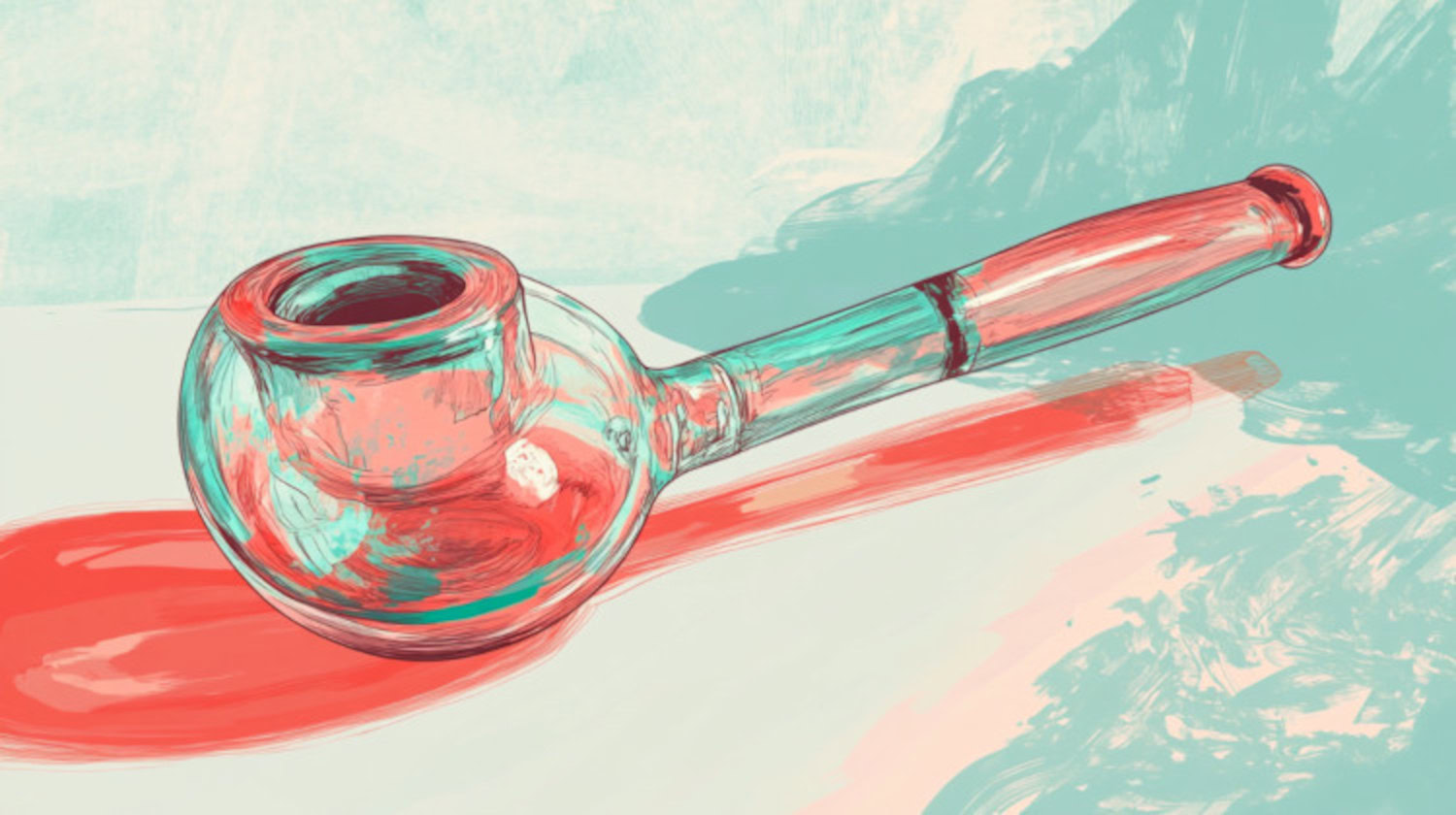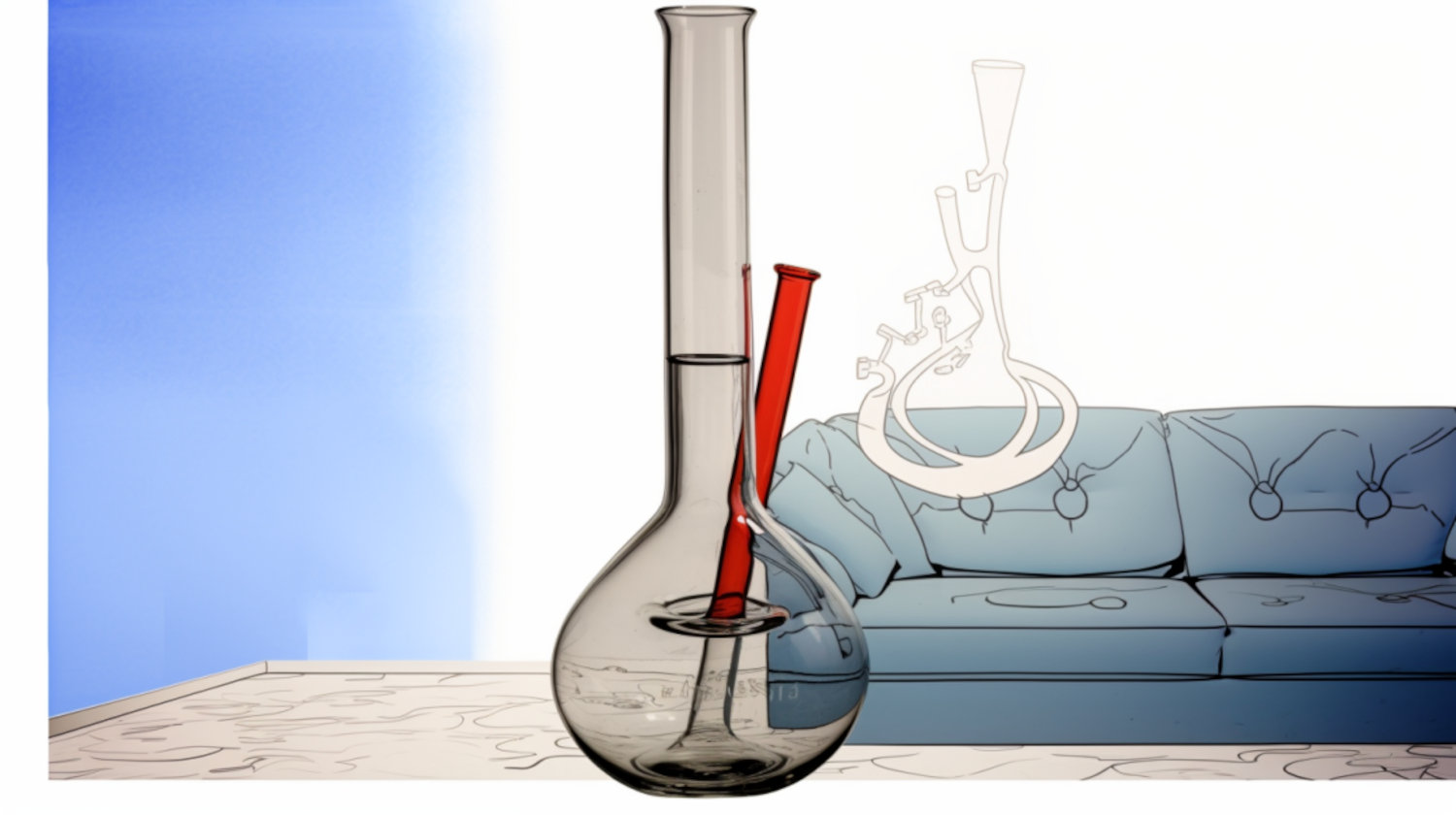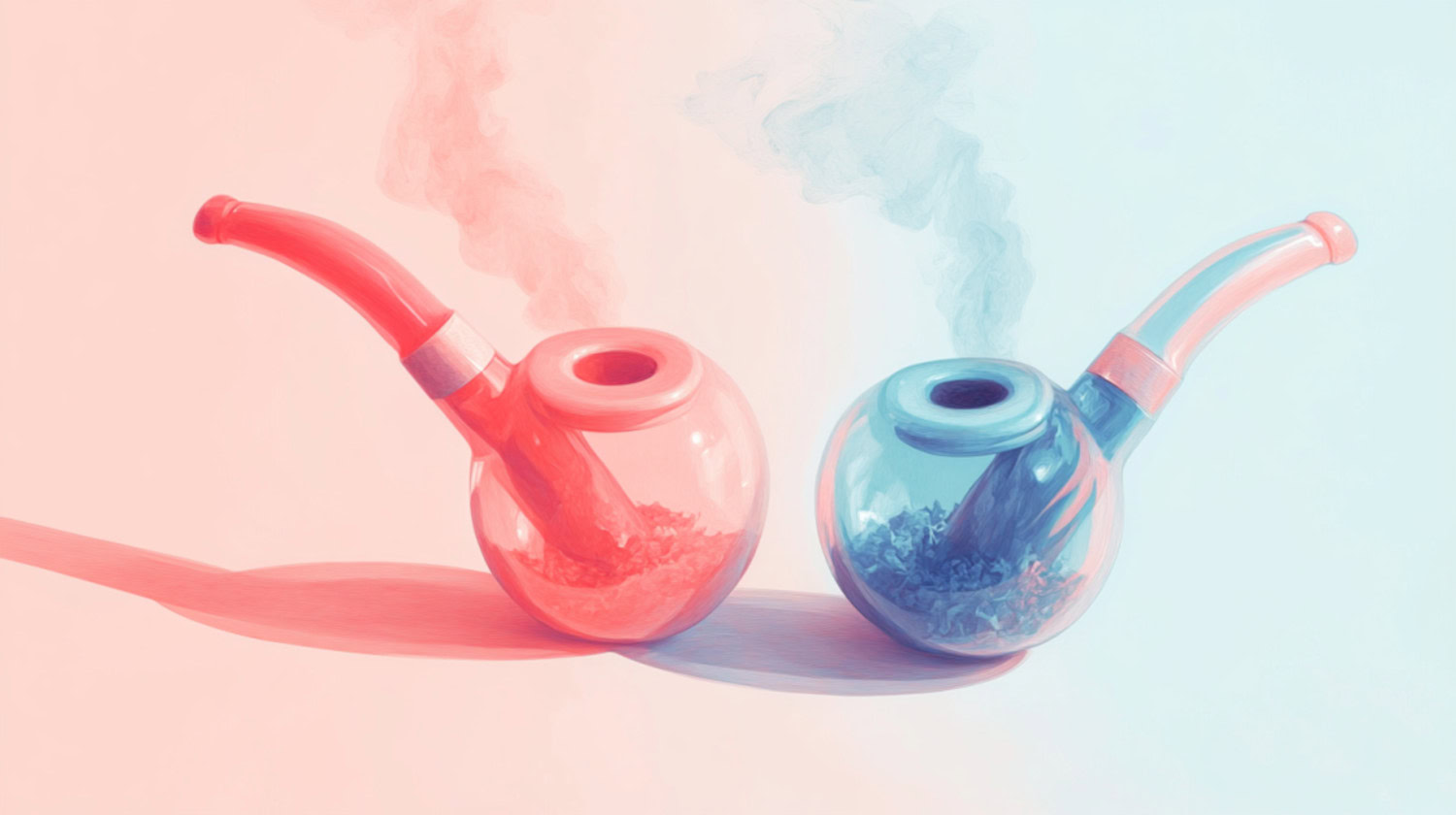In This Article
- What is a Bong?
- What is a Pipe?
- Bong vs Pipe: Advantages
- Which hits harder: a pipe or a bong?
- Are bongs better for the lungs than pipes?
- Why do people use bongs instead of pipes?
- TLDR: Is it better to smoke a pipe or a bong?
- Disadvantages of Each
- Bong Disadvantages
- Pipe Disadvantages
- Bong vs Pipe: Which is Best for You?
- References
Key Takeaways
- Bongs use water filtration for smoother hits, while pipes are more portable and straightforward.
- Most bongs may deliver denser, more intense hits due to their design.
- Bongs may feel less harsh because of water filtration, but smoking in any form carries risks.
When it comes to enjoying cannabis, bongs and pipes are two of the most popular tools at a smoker’s disposal. Each offers a unique experience, and choosing between them often depends on personal preference. But some may wonder: which is actually better, a bong or a pipe?
Whether consumers are looking for smoother hits, portability, or the most intense effects, understanding the differences between a bong vs pipe makes it easier to decide which is right for their needs.
What is a Bong?
A bong, also known as a water pipe, is a smoking device that uses water to cool and clean the smoke before inhalation. Bongs come in a variety of sizes and styles. Most typically, they consist of a bowl (to hold the cannabis), a downstem (to guide the smoke into the water), and a chamber (where the smoke collects before inhalation). Some bongs have additional features for smoother hits, such as percolators or ice catchers.
For those unfamiliar with bongs, guides on using one for the first time break down the basics step by step.
What is a Pipe?
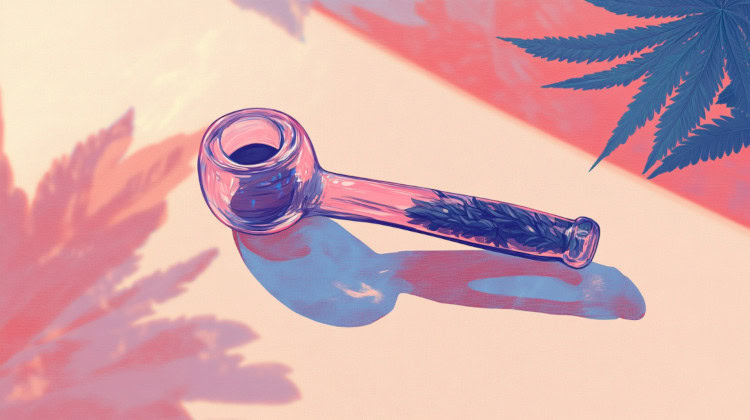
A pipe is a simple, portable smoking device typically made from glass, metal, or wood. They consist of a bowl (to hold the cannabis), a carb (to hold down to fill the pipe with smoke), and a mouthpiece. Unlike bongs, pipes don’t use water filtration, making them more straightforward in design and function.
There are many types of weed pipes, ranging from basic hand pipes to more intricate designs like steamrollers and chillums. Each type offers a slightly different smoking experience, depending on its design and airflow.
If you’re unfamiliar with using a pipe, there are resources on how to smoke a bowl that explain the process step by step.
Bong vs Pipe: Advantages
When deciding between a bong and a pipe, consider the advantages of each. Both provide distinct experiences, and the choice comes down to personal preferences.
Which hits harder: a pipe or a bong?
Bongs are known for delivering larger, denser hits due to the chamber design. This allows more smoke to accumulate before inhalation.
On the other hand, pipes tend to offer smaller hits since the smoke travels directly from the bowl to the mouthpiece. This difference often makes bongs the go-to choice for those seeking a more intense session.
Are bongs better for the lungs than pipes?
Bongs use water to cool the smoke, which may make it feel smoother to inhale. Some bongs even include features like ice catchers, allowing users to add ice cubes for an even cooler experience. Pipes, lacking water filtration, deliver unfiltered smoke that may feel harsher for some.
Some consumers claim that warm water may offer even gentler hits on the lungs than ice. Although this method has not been scientifically proven, anecdotal evidence suggests it might be worth trying, especially if icy water still feels harsh.
Why do people use bongs instead of pipes?
Bongs are often preferred for their ability to produce smoother and more potent hits, plus their customization options. For example, combining a vape with a bong can provide an alternative method for even cleaner and cooler inhalation.
Meanwhile, other consumers may favor pipes for their simplicity and portability. They're ideal for quick and on-the-go use.
Each option has a unique appeal, and your preference depends on what you value most in your cannabis experience.
TLDR: Is it better to smoke a pipe or a bong?
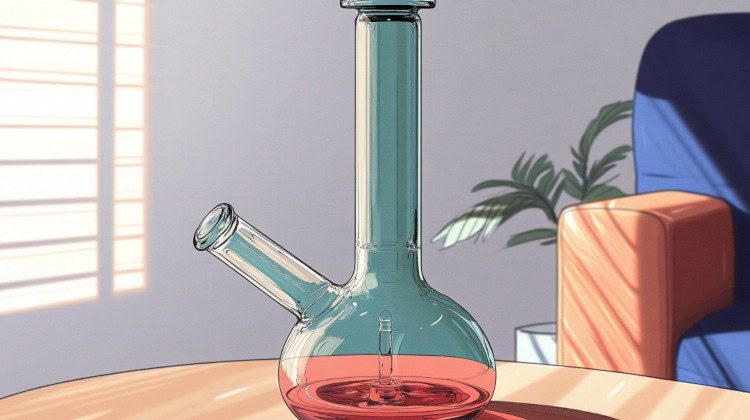
Ultimately, the choice depends on what you value most. According to a study of 297 Canadian university students, the most common reasons for preferring bongs included:
- Convenience
- Cost-effectiveness
- A better/more intense high
- Smoother hits
- Faster effects onset1
If these factors align with your priorities, a bong may be a better choice. However, if portability and simplicity are key, a pipe might be the way to go.
Disadvantages of Each
While bongs and pipes are popular for consuming cannabis, each method has drawbacks.
Bong Disadvantages
- Exposure to Secondhand Smoke and Particulate Matter
Studies show that using bongs indoors may release hazardous fine particles into the air. Secondhand bong smoke contains fine particulate matter that poses possible health risks.2
Similarly, research finds that cannabis use indoors, including bong use, increases particulate concentrations. This can contribute to poor air quality.3
- Potential for Health Risks from Mold and Bacteria
Bongs that aren’t regularly cleaned can harbor mold and bacteria, increasing the risk of lung infections. In one case, a bong was linked to severe Pseudomonas aeruginosa necrotizing pneumonia.4
Regular maintenance is paramount to avoid these risks. It is vital to learn how to clean a bong and do so frequently.
- Higher Maintenance Requirements
Bongs need frequent cleaning to maintain functionality and prevent a build-up of resin, mold, or other harmful contaminants. This can make them less convenient than pipes. The best practice is to clean the bong after each consumption session, but at the very least, change the water at least once a day.
Pipe Disadvantages
- Harsher Hits and Lack of Filtration
Unlike bongs, pipes don’t use water filtration, which may make hits feel harsher on the throat and lungs. This can be especially uncomfortable for users who are sensitive to smoke inhalation.
- Higher Risk of Resin Build-Up
Pipes, especially glass ones, tend to accumulate resin quickly. This affects the smoke's taste and can create a breeding ground for harmful bacteria.
To minimize these risks, it’s essential to know how to clean a pipe and clean it regularly.
- Increased Risk of Burn Injuries
Because pipes bring the flame closer to the user’s face, there’s a higher risk of burns. This can be common with smaller, handheld pipes and one-hitters where the flame may be harder to control.
Health and Environmental Considerations
Both bongs and pipes contribute to secondhand smoke exposure and indoor air pollution. Smoking cannabis, in general, may expose users to harmful byproducts from combustion. This can irritate the throat and lungs regardless of the method.
Bong vs Pipe: Which is Best for You?
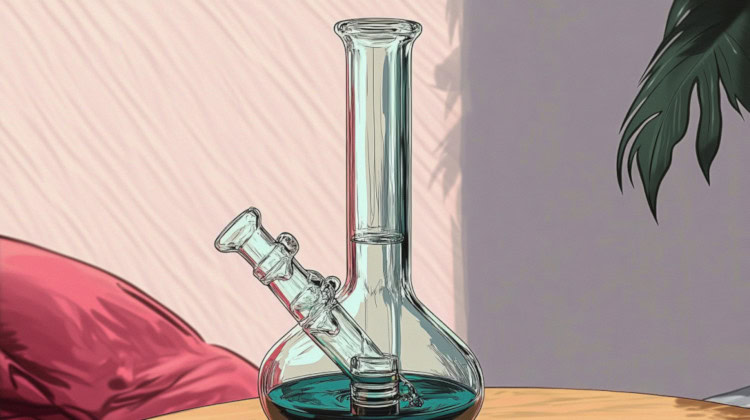
Choosing between a bong and a pipe ultimately depends on your preferences. Each has strengths and weaknesses, making them better suited for different situations and patients.
A pipe may be the best option if you prioritize portability and simplicity. Pipes are compact, easy to use, and ideal for quick sessions or smoking on the go. However, the direct heat and lack of filtration may result in harsher hits, irritating the throat and lungs over time.
On the other hand, if you’re looking for smoother, more intense hits, a bong might be the way to go. Bongs' water filtration may help cool the smoke and remove some impurities, creating a less abrasive experience. Larger bongs or those with features like percolators or ice catchers can further enhance the smoothness of each hit.
It’s also important to remember that smoking, in general, carries health risks, regardless of the method. The high heat involved in smoking joints and pipes can irritate the throat and lungs more than a bong. The heat source in a bong is typically farther from the point of inhalation. However, even with a bong, the risks associated with smoking remain, so consider your health when making a decision.
References
- Thompson K, Thibault T, Peters AL. A better high? Understanding mode preferences among young adult cannabis users. Canadian Journal of Behavioural Science / Revue canadienne des sciences du comportement. 2024;56(3):327-331. doi:10.1037/cbs0000368 ↩︎
- Nguyen PK, Hammond SK. Fine Particulate Matter Exposure From Secondhand Cannabis Bong Smoking. JAMA Netw Open. 2022;5(3):e224744. doi:10.1001/jamanetworkopen.2022.4744
↩︎ - Ott WR, Zhao T, Cheng KC, Wallace LA, Hildemann LM. Measuring indoor fine particle concentrations, emission rates, and decay rates from cannabis use in a residence. Atmospheric Environment X. 2021;10:100106-100106. doi:https://doi.org/10.1016/j.aeaoa.2021.100106
↩︎ - Kumar AN, Soo CI, Ng BH, Hassan T, Ban AY, Manap RA. Marijuana "bong" pseudomonas lung infection: a detrimental recreational experience. Respirol Case Rep. 2017;6(2):e00293. Published 2017 Dec 22. doi:10.1002/rcr2.293
↩︎
The information in this article and any included images or charts are for educational purposes only. This information is neither a substitute for, nor does it replace, professional legal advice or medical advice, diagnosis, or treatment. If you have any concerns or questions about laws, regulations, or your health, you should always consult with an attorney, physician or other licensed professional.

